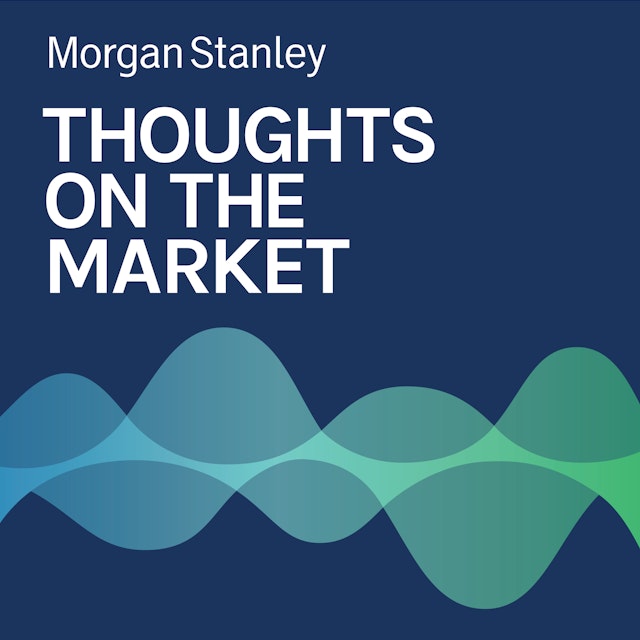2022 has presented a complex set of challenges, meaning investors may want to take a step back and consult rules-based indicators and strategies for some clarity.
-----Transcript-----
Welcome to Thoughts on the Market. I'm Andrew Sheets, Chief Cross-Asset Strategist for Morgan Stanley. Along with my colleagues bringing you a variety of perspectives, I'll be talking about trends across the global investment landscape and how we put those ideas together. It's Wednesday, May 4th, at 2 p.m. in London.
2022 is complicated. Cross-asset returns are unusually bad and investors still face wide ranging uncertainties, from how fast the Federal Reserve tightens, to whether Europe sees an energy crisis, to how China addresses COVID.
But step back a bit, and the year is also kind of simple. Valuations were high, policy is tightening and growth is slowing, and prices have fallen. Cheaper stocks are finally outperforming more expensive ones. Bond yields were very low and are finally rising.
So what should investors do, given a complex set of challenges, but also signs of underlying rationality? This can be a good time to step back and look at what our rules-based indicators are saying.
Let's start by focusing on what these indicators say about where we are in the cycle, and what that means for an investment strategy. Our cycle indicator looks at a range of economic data and then tries to map this to historical patterns of cross-asset performance.
Our indicator currently sees the data as significantly above average. We call this 'late cycle', because historically readings that have been sharply above the average have often, but not always, occurred later in an economic expansion. This is not about predicting recession, but rather about thinking probabilistically. If the odds of a slowdown are rising, then it will affect cross-asset performance today, even if a recession ultimately doesn't materialize.
At present, the 'late cycle' readings of this indicator are consistent with underperformance of high yield credit relative to investment grade credit, the outperformance of defensive equities, a flatter yield curve and being more neutral towards bonds overall. All are also current Morgan Stanley Research Views.
A second question that comes up a lot in our meetings is whether or not there's enough worry and concern in the market to help it. After all, if most investors are already negative, it can be harder for bad news to push the market lower and easier for any good news to push the market higher. We try to quantify market sentiment and fear in our sentiment indicator. Our sentiment indicator works by trying to look at a wide variety of data, but also paying attention to not just its level but the direction of sentiment. At the moment, sentiment is not extreme and it's also not yet improving. Therefore, our indicator is still neutral.
Given the swirling mix of storylines and volatility, a third relevant question is what would a fully rules-based strategy do today? For that we turn to CAST, our cross-asset systematic trading strategy. CAST asks a simple question with a rules-based approach; what looks most attractive today, based on what has historically worked for cross-asset performance.
CAST is dialing back its market exposure, especially in commodities where it has become more negative on copper, although it still likes energy. CAST expects the Renminbi to weaken against the U.S. dollar, and Chinese interest rates to be lower relative to U.S. rates. In stocks, it is positive on Japan and healthcare, and negative on the Nasdaq and the Russell 2000. All of these align with current Morgan Stanley Research fundamental views and forecasts.
Rules based tools help in markets that are volatile, emotional, and showing more storylines than a reasonable investor can process. For the moment, we think they suggest cross-asset performance continues to follow a late cycle playbook, that sentiment is not yet extreme enough to give a conclusive tactical signal, and that following historical factor-based patterns can help in the current market environment. These tools won't solve everything, but given the challenges of 2022 so far, every little bit helps.
Thanks for listening. Subscribe to Thoughts on the Market on Apple Podcasts, or wherever you listen, and leave us a review. We'd love to hear from you.
The podcast Thoughts on the Market is embedded on this page from an open RSS feed. All files, descriptions, artwork and other metadata from the RSS-feed is the property of the podcast owner and not affiliated with or validated by Podplay.
